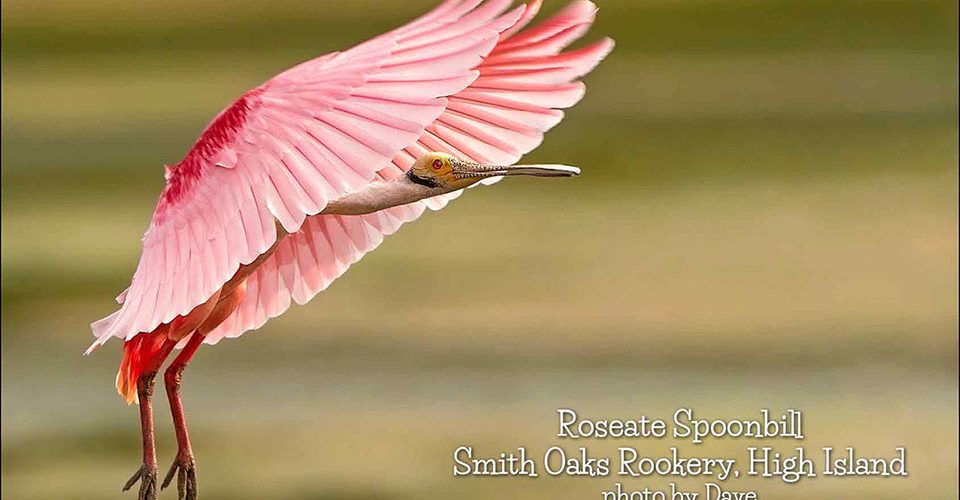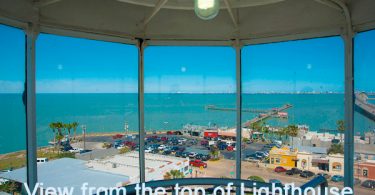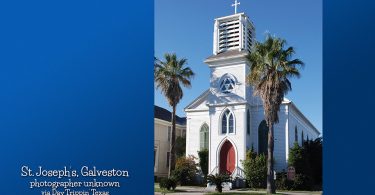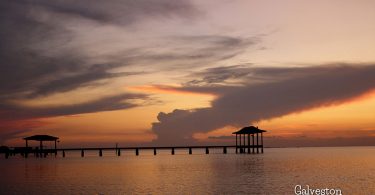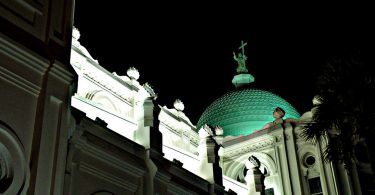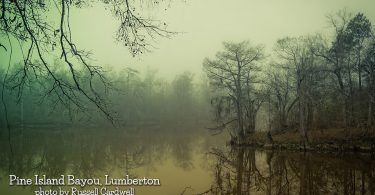Smith Oaks is 143 acres of field, woods, wetlands and ponds. Thirty-three acres were purchased by HAS wit the help of HAS members, friends, and the National Fish and Wildlife Foundation. The remaining 110 acres were donated to the HAS by Amoco Production Company.
Smith Oaks was named for George and Charlotte Smith, who acquired the property in 1879 from Charlotte’s parents, John and Mary Ann Brown. Records show that the couple began improvements on the land that year, building houses, fences and ditches, and planting oaks trees and hedges.
It is unclear who planted the oldest oaks on the property, as John Brown is also reported to have planted some oaks.
George Smith owned cattle and raised peaches, pears, oranges, strawberries, cabbage, sugar cane, cotton and tobacco. He also operated a sugar mill and cotton gin on the property. However, he was most famous for his mineral water enterprise.
Smith dug several water wells on his property and reported that he has 21 “distinct” waters. The deepest well, dug in 1882, was 32 feet and also produced gas, which Smith viewed as an inconvenience, as there was no market for it.
Smith received a trademark and bottled and sold his “High Island Mineral Springs Water” along the Texas Gulf Coast. He claimed that the water would “…cure Brights disease, liver and kidney troubles, Catarrh-the cause of consumption, Asthma, Hay Fever, restore hair on bald heads, and remove Dandruff on the Scalp and all the Pimples and Blotches from the face.” The ruins of one of these walls can still be seen in the woods across from the map shelter at Entrance II.
The Smith’s home, dismantled in 1985, stood on the property for over 100 years. The site of their house is easily identified, as the garden paths, flower beds and ornamental plants they planted in their yard are still obvious.
reprinted from Birding High Island | Photo by Dave

